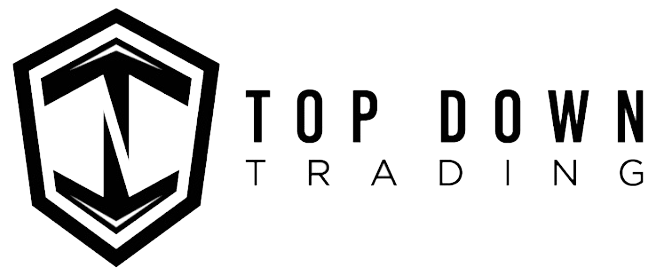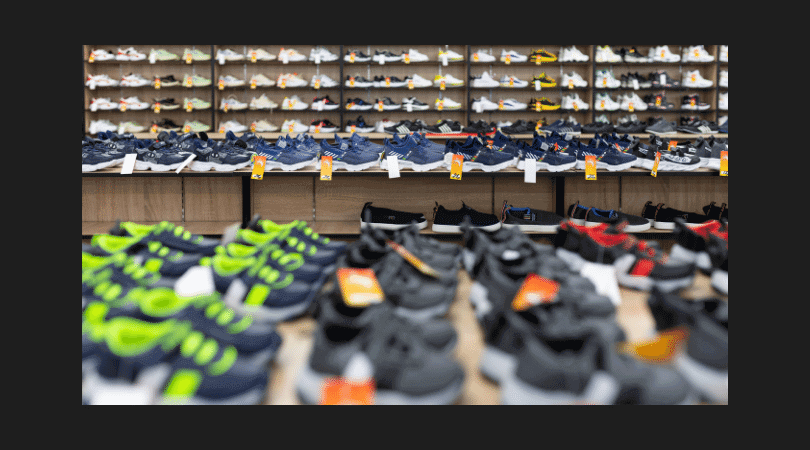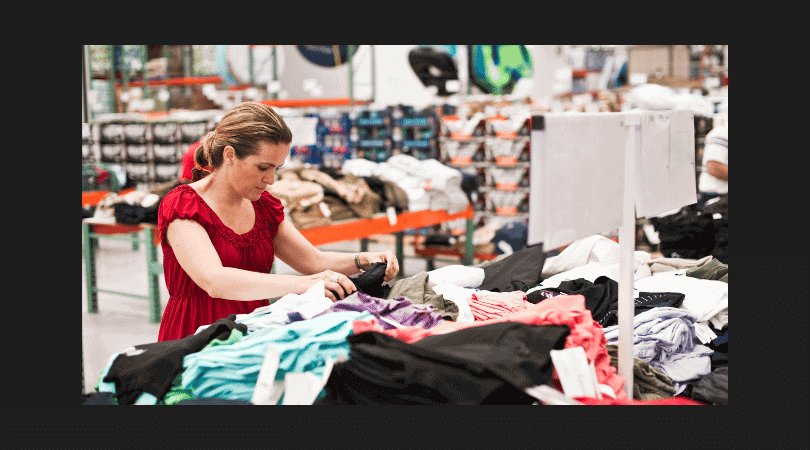A Little Analysis:
The past three years since 2020 have been a journey in the fashion world. Emerging world events rapidly changed all parts of (society) life, including work life, which is reflected in the fashion world of business operations through manufacturing, wholesale, and retail.
So when we look at the 90s till the present, it seems like we developed a pump-and-dump attitude throughout the markets. First a thriving period followed by a crazy pump till we hit a brick wall of a crisis where the market corrects itself.
In literal terms, a crisis is nothing more than the market correcting itself. Although each correction implements further harsh developments or precautions to sustain the next move, this is the period where innovations step up to rebuild and direct the markets into a new era.
Those who sift through trends feel comfortable stepping in to adapt or dictate the innovations and find themselves on the fortunate side of successors taking the lead throughout the next decade. An excellent example of catching the internet revolution is Amazon, which stepped in through the 90s and became a world leader in e-commerce for the past two decades followed by Alibaba, which utilized Asia's potential population to follow Amazon's footsteps. Google, Microsoft, Apple, and Sony with PlayStation are all great examples.

Then this craze followed up with social media entering the market Facebook, Twitter, and other communication innovations like Whatsapp rapidly took over the dominance of leading markets. While in recent years we saw the immerging blockchain technologies and implementation of it giving birth to NFTs and virtual reality we have no idea of how the latest A.I technologies are going to impact our future livelihoods...
Today, we're going to examine the fashion industry from the basic perspective of how the developing world has impacted and pushed it through past crises throughout its sector and business models.
The fashion industry
The fashion industry also experienced rapid changes. As we have been around for two decades, we saw similar patterns in previous crises or recessions. When the retail sector faces challenges, it indirectly clashes with the wholesale and manufacturing industries.
One important factor in the fashion sector is sustainability:
On a side note, through the last decade, the fashion market dived into fast fashion (mass production) to produce and sell more for less due to high competition.
No one is happy about this, the customers are buying clothes which hardly can be washed a few times, huge negative impact on the environment plus workers have to be paid less including materials that have to be the cheapest even involving harmful chemicals. Only to serve the lowest price for more consumption. Sellers' profit margins are very low so they need to sell enormous numbers. It doesn't help the sellers or the buyers.
On the other hand, governing entities are pushing hard for sustainable production and introducing popular materials like organic cotton. Many stores promise to become wholly sustainable and organic from 2025 -2030. Let's be real! While cotton is declining and prices are hitting the roof, there is very little chance of achieving such sustainability in real life if we try to produce the number of garments we wear and are producing.
I think the problem is, most of the time we create a problem in the fashion industry and to resolve it we introduce too strict or unsustainable challenges where we end up making the problem worse, in other words collapsing half of the industry. Why can't we find a middle ground?

Retailers
High-street retailers have faced challenges in the fashion industry for a while now. The world moves more rapidly with innovations every year and with innovations, the old patterns start demolishing. Well, for the most, I couldn't say we were the best creatures to adapt to the trend of rapid change.
It doesn't matter how big the company is; if an old-school team manages it, they'll likely stick to their way. I actually know many reasonable-size firms today that still hand-write invoices! Oh yes!
Nearly two decades ago when we were putting up our website topdowntrading.co.uk online, some wholesalers were saying "Why do you need a website your already very busy, a website is a headache you don't need it". I use to tell them "Soon you're not going to be able to trade without one" and we would all have a laugh, good old days!
So, online retail has been trying to take over brick-and-mortar stores for years and is on the increase every year. It used to be so easy to sell online; it was similar to opening a pop-up shop. You could just put a website up, do a little SEO or advertise, and boom, sales were coming in. If you were an eBayer, you were milking it with great potential and minimal competition. But all that changed quickly as the market moved forward.
The change comes to all. While high-street stores were closing and some were moving online, the online competition made it much harder for the average Jo to stay in business. Just imagine same-day delivery, thirty-day no-quibble returns, free shipping, up to 70% discounts, and it goes on and on.
Additionally, maintaining a high ranking and having major visibility online became fairly costly for a small business. While needing a push from fashion editors, some online retail companies nowadays are paying seven figures for influencer campaigns.
For the UK, the retail market was tip-toeing before Brexit, then we had three years of uncertainty during Brexit talks which crippled the market, and when the pandemic crisis hit, it was game over for many high street stores.
The Wholesalers
The wholesale industry makes its products (private label) by using manufacturers, buying from distributors, or being a licensed wholesale seller for some of the many brands it is contracted with.
Either way, normal clothing wholesalers operate within the regular fashion chain industry, which means they are also directly affected by the disruption that occurs in the retail sector. As a result, some wholesalers push towards retail by offering their goods directly to consumers to keep their business and grab a share of the retail market, while others are eliminated.
The Manufacturers
Manufacturing is a different ball game; factories need to keep production going daily, and their biggest clients are retail chains. When the retail gets disrupted forget about new orders they even cancel existing orders which is in production or ready to be shipped. This puts huge pressure on the manufacturing industry.
In this situation, some manufacturers push toward the wholesale fashion industry. They either have made goods or a lot of production on the pipeline, which they cannot stop and need to shift.
As you guessed, so they make a move to release the pressure of accumulating goods and tightening finance by entering the wholesale market.

So overall, the fashion world subject is too wide to cover in a small nutshell style article. However, it's still nice to keep an eye on the market and be aware of what is happening, and presumably be able to have a sense of direction for what's coming towards us.
Luckily, we at Top Down Trading stand slightly outside the industry's hierarchy scope by being involved with liquidation wholesale, where we clean up, recycle, and re-distribute the challenging (surplus, cancellations, and returns) designer stocks worldwide.
Where will the new technology development and the new future of the industry go? Major retailers will have AI's support. AI and 3D new technologies become custom manufacturers direct to consumer by removing wholesalers and manufacturers out of the way or will manufacturers become retailers? I suppose time will tell, although I believe there will always be a market for the middleman to be able to broker in between the sector creating quick solutions as needed!
Top Down Trading Team
L Sonmez - CEO



